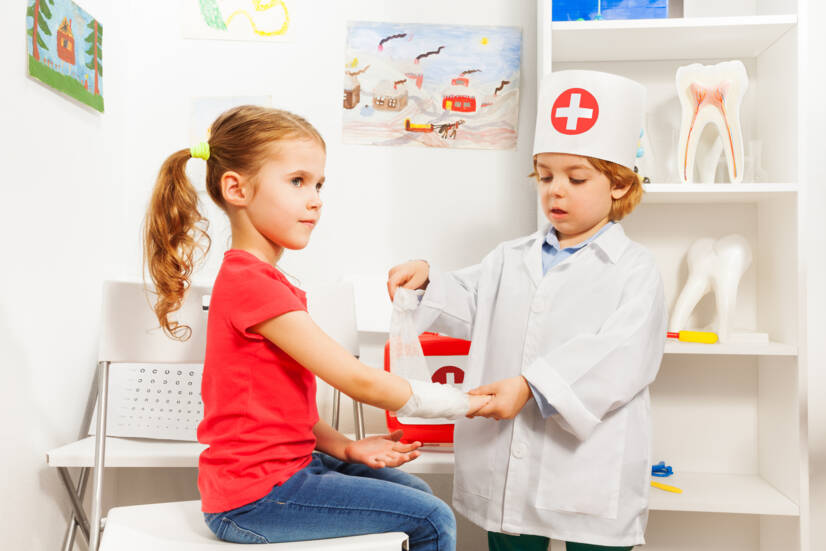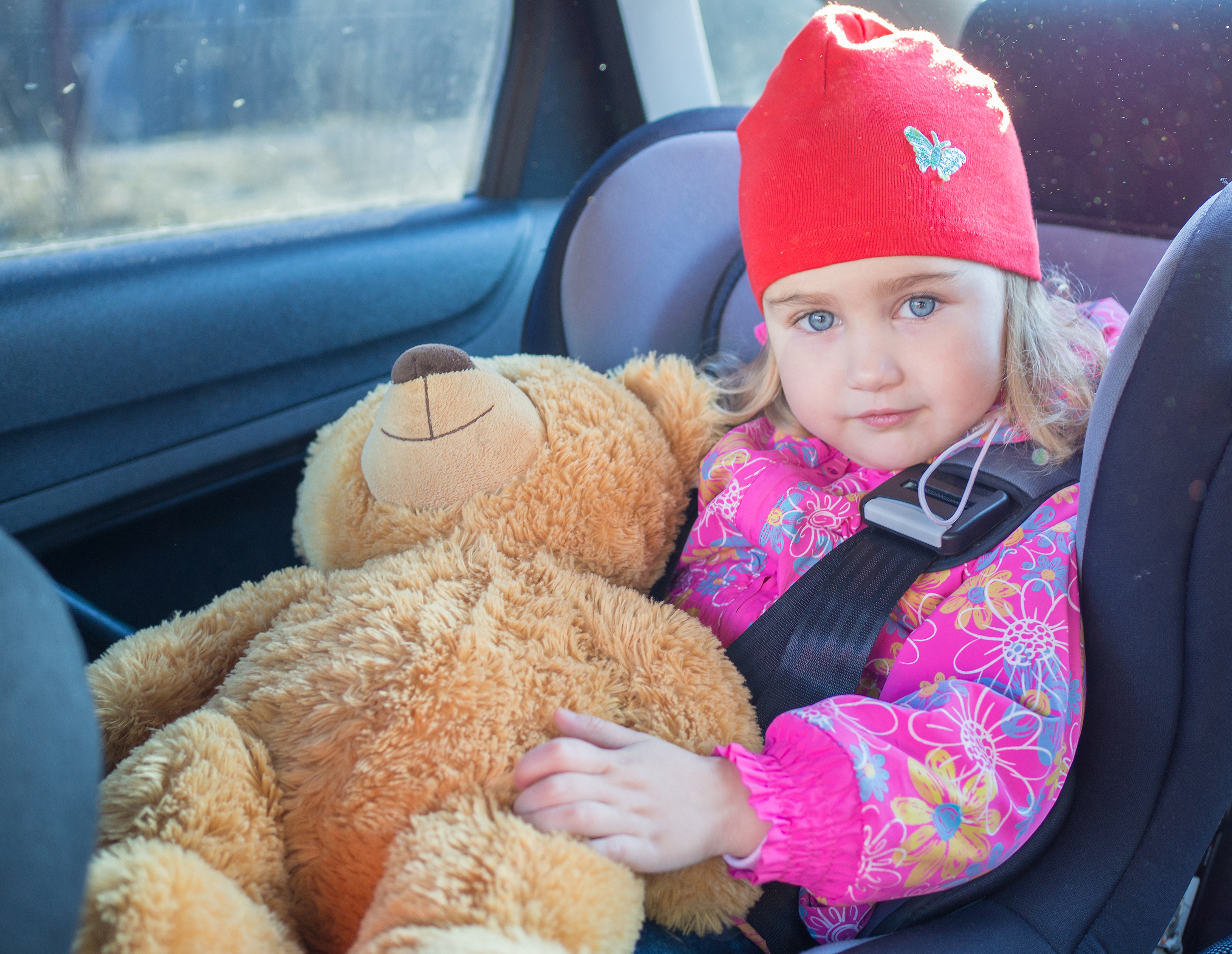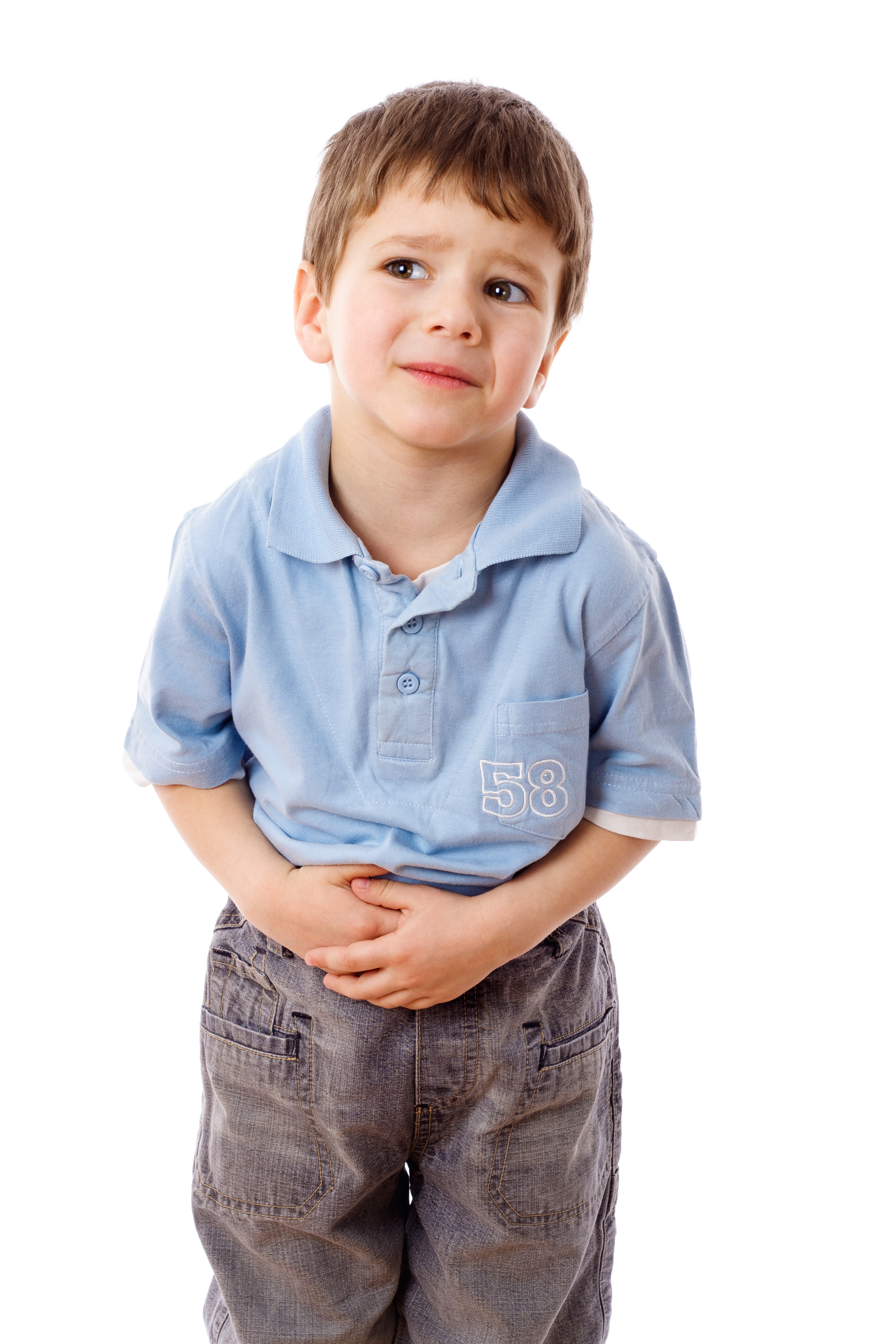- ruvzzh.sk
- healthhub.sg - Common Childhood Injuries
- raisingchildren.net.au - Childhood injuries: common causes and prevention
- toronto.ca - Common Childhood Injuries
- chla.org - Common Infant and Toddler Injuries: When to Seek Medical Attention
- nctsn.org - TRAUMA TYPES
Children and the most common summer injuries they face. Do you know them?

Holidays and summer are undoubtedly the season of various children's activities. Not only for school-age children, the most beautiful time of the year begins. However, children's laughter and fun can easily turn into crying and sadness.
Article content
Ranking of the most frequent causes of death in children due to injuries:
- Road traffic accidents
- Drowning
- falls
- poisoning
- burns/scalds
- suffocation/ strangulation

What is an accident
An injury (trauma) is a sudden, permanent or temporary damage to the body by mechanical, chemical or biological agents. They can be divided into unintentional and intentional.
An unintentional injury is caused by violence. It is therefore the result of violence using physical force or power.
Unintentional injuries include injuries such as falls, burns, drowning, etc. They are therefore unintentionally caused.
The most common summer injuries to children and how to prevent them
Although injuries are difficult to prevent, especially for children, they should at least be minimised. Experts are increasingly pointing to the frequent neglect of safety and prevention.
Although we consider the home to be the safest place, it is in the home environment that most injuries occur. Parents feel more confident at home and therefore less careful and less attentive when supervising their children. Of course, the home environment also includes gardens and cottages.
Traffic accidents involving children and adolescents
Many are going on summer holidays or family trips. With increased traffic, the risk of traffic accidents increases. These account for a range of potential injuries.
They include concussion, fractures, contusions, bleeding, and in more serious cases polytrauma (impairment of at least two organ systems, at least one of which is life-threatening) and death.
Traffic accidents include accidents involving pedestrians, cyclists and other road users. So be vigilant when walking and staying near traffic. A young child is unaware of the danger and can easily run out into the road after a ball that has rolled away.
When travelling, try to minimise injuries by using child car seats correctly. These are categorised according to the size of the child.

There are a number of seats on the market that are universal or can be gradually adjusted as your child grows. When buying, check with the seller. Any good shop will be happy to help you choose one.
The table below shows the basic breakdown of child car seats
| egg/shell |
|
| car seat |
|
| booster seat / booster seat with headrest |
|
Rules for using child car seats
Children up to 15 months of age must be placed in the car in the opposite direction of travel. Otherwise, the child is more prone to injury in a collision because the cervical spine is not yet sufficiently strong.
The best seat placement is in the front passenger seat - egg (airbags need to be deactivated) or in the rear right - larger car seats and booster seats.
Seats are divided according to height and secondarily according to the weight of the child. New seats must be fixed using the isofix system.
This is the connection of the car seat directly to the car body.
The child should not be wearing a large amount of clothing. The safety belts are not as effective in this case and can easily slip out.
Never leave your child alone in the car. A car parked on hot summer days or in direct sunlight poses a real risk of overheating and endangering life after just a few minutes.
Drowning of children
Drowning is damage to the respiratory system and its functions when immersed in liquid. A child, but also an adult, can drown even in very shallow water if the face - nose, mouth - is submerged.
A child who has been underwater, drowning or staggering must be given proper first aid. Complications and danger can occur even after being pulled out of the water, even if the child is conscious and at first sight shows no signs of difficulty.

Are there dry drowning and secondary drowning?
We come across these terms in relation to drowning and drowning. What is it and what is the difference between them?
What is dry drowning? In submersion and drowning, a person rarely inhales large amounts of water. Most of the time, when water enters the airway, a laryngospasm (spasm of the laryngeal sphincters) occurs. The vocal cords close and the drowning person suffocates. The tricky thing about this condition is that it can occur or persist even after being pulled out of the water.
We refer to secondary drowning in the context that inhalation of even a small amount of water can damage the lung chambers and cause swelling of the lungs. The problems can take up to 24 hours to manifest.
First aid for drowning of a child:
- Get the child out of the water.
- If the child is not breathing, start CPR.
- If the child is conscious, try to calm him or her and hold him or her face down so that water flows out of the airway.
- Coughing and vomiting is a natural defence reflex. It promotes clearance of water from the airway.
- Observe the child for 24 hours. If there is any uncertainty, call for emergency medical help or seek medical attention. Coughing, difficulty breathing, lightheadedness or fatigue may indicate the complications and deterioration already mentioned.
Use caution when jumping into shallow water. There is a risk of head and whiplash injury, which can have serious consequences.
In deeper water, injuries can be caused by a bad impact on the water surface. For smaller children, be vigilant again to prevent the child from slipping. A slippery surface around the pool can easily cause a fall and more than once hitting, for example, an edge or a step.
Falls and the most common consequences of similar accidents in children
Children are always flying around and constantly falling. Every parent could certainly talk about this.
And when to worry that it is not just a minor accident, but something more serious? Even if everything seems fine at first glance, the symptoms often appear with a delay of several hours.
Bleeding
Bleeding is a consequence of an injury to the blood vessel wall in which circulating blood leaks out. We know external and internal bleeding.
External bleeding is visible. The most common causes are cuts, punctures, lacerations or abrasions.
Internal bleeding can be the result of blunt trauma, contusions or other mechanical forces, such as car accidents.
There is also a distinction between venous and arterial bleeding.
In an artery, blood flows under greater pressure and is oxygenated. It is therefore paler and pulsating blood may spurt from the wound.
How to stop bleeding:
- Create hand pressure at the wound site. You can use a T-shirt, handkerchief, scarf. Improvise, more importantly stop the bleeding before maintaining sterility and cleanliness.
- If necessary, use a pressure bandage. Apply one unwrapped bandage to the wound and pull it firmly with the other to stop the bleeding. If blood leaks, add more layers.
- Raise the limb or other injured part above the level of the heart to reduce pressure and blood flow in the affected area.
- Place the patient in the supine position.
- Call for emergency services.
- Begin anti-shock measures. Calm the patient, cover and do not administer any drugs or fluids until the ambulance arrives.
Internal bleeding is more difficult to recognise. It's not as visible as external bleeding. You need to monitor for swelling, skin colour, pain, state of consciousness, nausea. If you suspect anything, see a doctor or call an ambulance.
Concussion and loss of consciousness and consequences of head injury in children
If the child is unconscious after the injury, check breathing and heart function. If the child is not breathing, start CPR and call the ambulance.
If breathing and heart function are maintained, place the child in a stable position and also call the ambulance.
Use caution when handling the casualty if you suspect spinal injury.
Head injuries can often be accompanied by cervical spine injuries. This depends, of course, on the mechanism of injury.

Move the child minimally if possible. Alternatively, gently wrap, for example, a towel or T-shirt around the neck to minimize head movement when bending, turning.
Stop any bleeding. Look for lumps, twists, hemorrhages.
Calm a baby who is crying.
If the baby seems fine and you find no visible injuries, observe the baby for at least 24 hours. You don't need to stop the baby from sleeping. But if the baby seems excessively sleepy or lethargic, seek professional help. It could be a concussion or other intracranial injury.
Be sure to get medical attention or call an ambulance:
- the child is sleepy, faint, possibly crying for a long time, restless, confused
- doesn't remember the circumstances of the accident, what actually happened, what they were doing before the injury
- vomits, feels nauseous
- you notice fluid coming out of the ears or nose
- Their pupils are not dilated.
- other suspicious behaviour, unusual for your child
Read more about when to worry about the effects of a head injury in our magazine article How to spot a concussion in children
How to recognise a fracture?
Children have more flexible bones than adults. Yet fractures are not that uncommon in them.
Fortunately, rehabilitation and healing is much quicker in children. We suspect a fracture if the limb is swollen, deformed, with impaired mobility and pain. Children often tell us themselves that they have felt something crunch when they fell, for example. Sometimes we feel a slight crunch in the affected area ourselves.
First aid for fractures:
- Move the limb as little as possible.
- Try to fix it, for example with an improvised splint.
- The idea is to secure the limb against shocks during transport and not to tighten it.
- You can refrigerate, but never put ice or cold compresses directly on the skin.
- For open fractures, do not compress the bone or other bone fragments.
- Try to stop any bleeding. Cover with a cloth and also fix gently.
- Communicate with the child. He can tell you what position of the injured body part is least painful for him.
- Never attempt to repair the limb yourself. There is a risk of injury to blood vessels or nerves.
- Cover the child, preferably do not give any liquids or food, and arrange for transport to specialist treatment.
Poisoning
Poisoning is one of the most common causes of death due to unintentional injuries in children and adolescents.
Children, especially smaller ones, discover the world through their mouths. By biting and putting objects in their mouths, smaller children cool and massage their erupting teeth.
Older ones are tempted to taste different coloured objects or liquids. Thus, even with a little carelessness, they can swallow harmful substances and risk poisoning.
In adolescents, poisonings are associated with alcohol consumption and experimentation.
Symptoms of poisoning in some mushrooms or plants can occur with a delay of several hours.
What to do if poisoning is suspected
- Find out what substance caused the poisoning.
- In the case of drug poisoning, keep the box with you; for mushrooms, leave a sample, vomit.
- Call the emergency services or contact the National Poisons Information Centre. They will help identify the substance and an expert will consult with you about possible risks and the next course of action.
Never induce vomiting in these cases:
- Before you consult a poison control centre.
- When the child is unconscious
- When 30 minutes or more have elapsed since the substance was ingested
- If acid, alkali, detergent, gasoline, diesel has been ingested
Carefully put away and secure medications, cleaning products, gasoline, paint thinner, paints, and other harmful substances. Don't forget places that may not be appropriate for younger children, such as grandparents' homes or a walk in the woods.
Burns, scalds, scalds
Barbecuing, grilling or cooking a pot roast is an essential part of the summer months. Children often run around the garden or try to help adults prepare tasty meals. Here too, there is huge scope for injury in the form of burns or scalds.
Caution is in order here. Never leave a child unattended in the presence of an open fire or hot pot.
First aid for burns:
- Cool the affected area, preferably under a stream of cold water (beware of hypothermia).
- If the burn is more severe, contact emergency medical help or take the child to a specialist for treatment.
- Carefully remove watches, rings from injured limbs.
- If clothing is stuck to the burned skin, never tear it.
- Every child under two years of age should be treated in an ambulance regardless of the size of the burn.
- Do not apply anything to the affected area, do not puncture any blisters.
- Cover the area with a sterile cloth, bandage.
Inhalation and choking in children
Aspiration (inhalation) occurs quite often in children. Children put various objects in their mouths or noses.
Sometimes by accident, sometimes by curiosity, they may inhale an object and then choke. The severity of the condition depends, of course, on the size and material of the aspirated object. Especially treacherous are foods that swell and increase in volume in the moist airways.
When you may suspect that a child has inhaled an object
- The child suddenly starts coughing, wheezing or has other suddenly developed breathing difficulties
- Suddenly a hoarse voice is heard
- If an object is in the nose, it may be visible or there may be a runny or bleeding nose
- In more serious cases, the child suddenly chokes and is unable to cough up the object
- The child turns blue and falls unconscious as a result of the breathing disorder
First aid for inhalation and choking on a foreign object
- If you see an object in the nasal cavity, you can try to gently remove it or blow it out. If you do not succeed the first time, take the child for professional treatment. Repeated attempts to remove the object by suction or tweezers may worsen the condition or push the object deeper into the airway.
- Do not put the child on his/her back during transport.
- If the object is deeper in the airway, the child will cough. This is a defence mechanism that we encourage.
- If the child does not cough, gasps ineffectively, suddenly turns blue, we immediately turn the child head down and try to release the object by striking the back.
- If the child is not breathing, start CPR. Give the child artificial respiration. Breath into the lungs to try to get the object deeper into other airway sites, and release at least some lung function.
Let's look at all the summer problems together:
Our summer health - sun, heat, injuries and illness
Cardiopulmonary resuscitation for children
Perhaps the biggest scare and nightmare of every parent is a child who needs to be resuscitated. However, this situation is a threat to some extent with any major injury.
Keeping a cool head and a clear mind is difficult. Many are afraid to start CPR so as not to hurt the child even more. But what could be worse than respiratory and cardiac arrest? Here you can only help. Just stick to a few basic points.
How to proceed:
- Establish consciousness: address the child, clap the smaller one near the face, shake or pinch the larger one gently.
- Check for breathing: make a slight tilt of the head, put the ear to the mouth, watch if the chest rises
- If the child is unresponsive and not breathing, place the child on a hard mat and start cardiopulmonary resuscitation
- Do a slight head tilt, start with 5 breaths
- For children under one year, the rescuer's mouth encircles the child's nose and mouth
- For older children, secure the nose with fingers and breathe into the child's mouth.
- Observe the change. If the child does not breathe, continue to squeeze the chest
- Squeeze the chest 15 times: one finger below the nipple line, at a rate of 100-120 per minute
- For children under 1 year old, two fingers to a depth of 4 cm
- For older children, palm of one hand to a depth of 5 cm
- Followed by 2 breaths
- And again 15 squeezes
- After one minute, call the emergency services, put the phone on speakerphone and continue further cardiopulmonary resuscitation
Interesting resources










